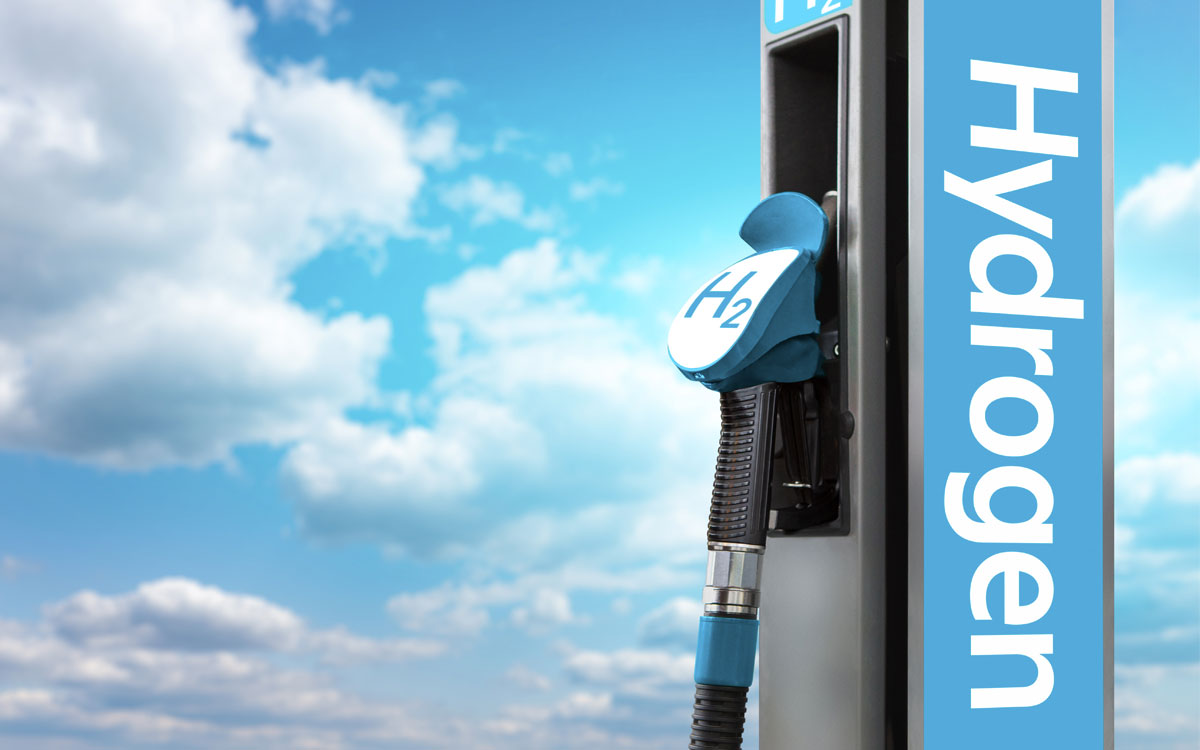Summary
The Water Splitting Electrodes project will develop scalable methods for the fabrication of efficient, low-cost and robust electrodes for Hydrogen production from renewable energy sources via electrochemical water splitting.
Key results
- A continuous roll-to-roll flame-based electrocatalyst synthesis and deposition facility was built at the Australian National University (ANU) with the capability to coat a broad range of nanomaterials on porous and flat substrates, made of metals, carbon, glass fibres and metal oxides.
- The facility achieved a Technology Readiness Level (TRL) 5, advancing over the initially proposed TRL4.
- New catalytic water splitting electrodes tailored for the applications under either strongly alkaline or strongly acidic conditions have been developed, and their scalable fabrication by the ANU roll-to-roll flame synthesis and electrodeposition was demonstrated.
- Robust operation of best-performing electrode systems was demonstrated at elevated temperatures in both alkaline and acidic environments on a timescale of weeks with negligible losses in performance and thermoneutral energy efficiency of up to 87 %.
- AGL Energy Limited and Monash University created a financial model and used it to complete the techno-economic analysis of the feasibility of the use of electrolytic hydrogen in three Australian industry sectors, expanding beyond the initially planned ‘Power-to-Gas’ field of use to other renewable hydrogen applications.
- A key outcome of the analysis identified the cost of water electrolysis devices to a significant extent was affected by the price of the electrodes, as a more significant parameter than the energy efficiency of electrolysers in terms of cost-efficiency.
- The project has served as a springboard for a new project funded by Woodside Energy, a collaboration with leading German institutions and electrolyser companies, and discussions on joint initiatives with Japanese hydrogen industry and academics.
Learn more
How the project works
The Water Splitting Electrodes project is run by Monash University and ANU and will engineer efficient and low-cost electrodes for splitting water into hydrogen and oxygen gases. Innovative techniques like flame spray pyrolysis will be upgraded and implemented as a high speed roll-to-roll manufacturing method to create high-performing electrodes. The electrodes will be optimised to achieve long-term stable operation and integrated into a scalable electrolyser to progress the technology for durable and cost-efficient renewable hydrogen production.
Area of innovation
Converting electricity made from solar PV into high-energy density fuels is currently the most feasible approach to store, transport and export this type of renewable energy in Australia. In addition, hydrogen gas is the most ecologically clean fuel. Upon “combustion”, it produces pure water that can be converted back into hydrogen fuel. If successful, this project has the potential to provide low-cost and efficient electrolysers for hydrogen production from water powered by solar PV.
Benefit
Electrolysis of water is the most feasible and sustainable source of renewable hydrogen fuel. In Australia, solar PV is an ideal energy source to power this process. The technologies to be developed in this project will address the major impediment to the commercialisation of the electrolytic hydrogen generation – high cost. Hydrogen produced by water electrolysis can be exported and used as fuel or fed into gas supply networks to boost efficiency of the existing energy supply. In addition, hydrogen can be reacted with nitrogen to produce easily exportable ammonia fuel.








